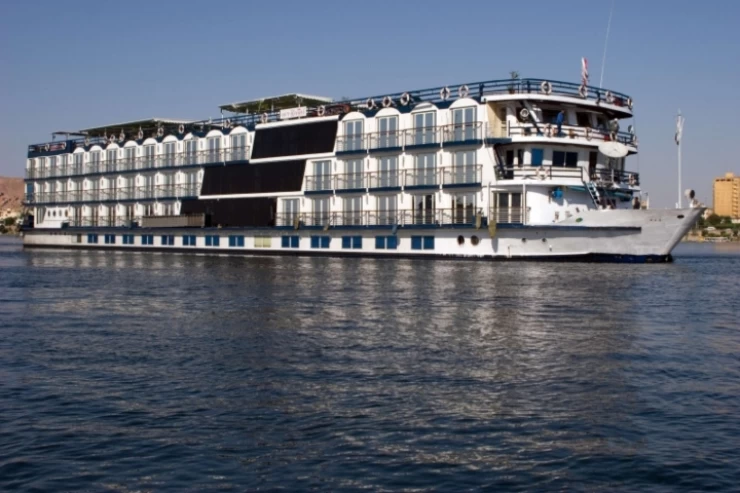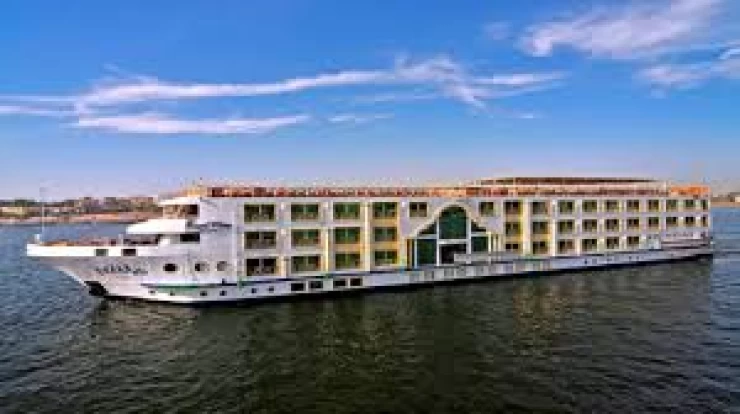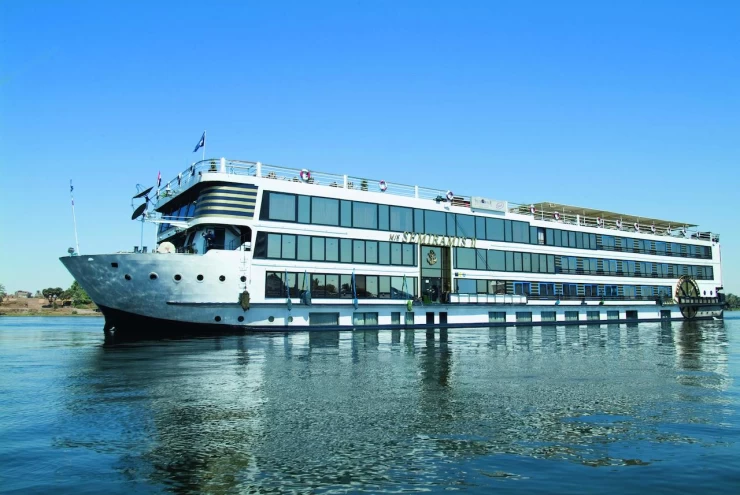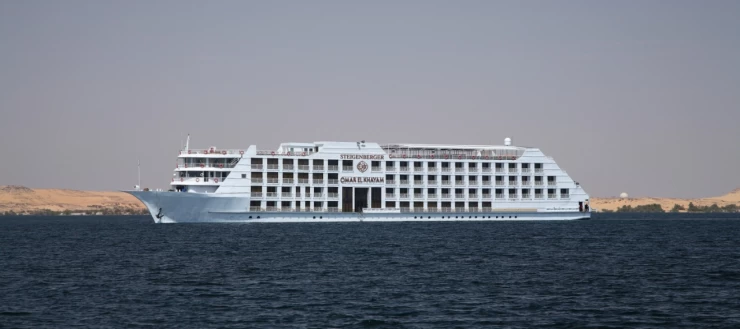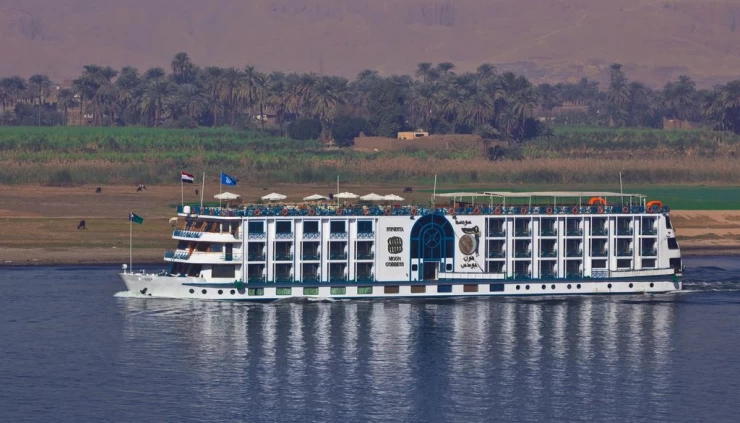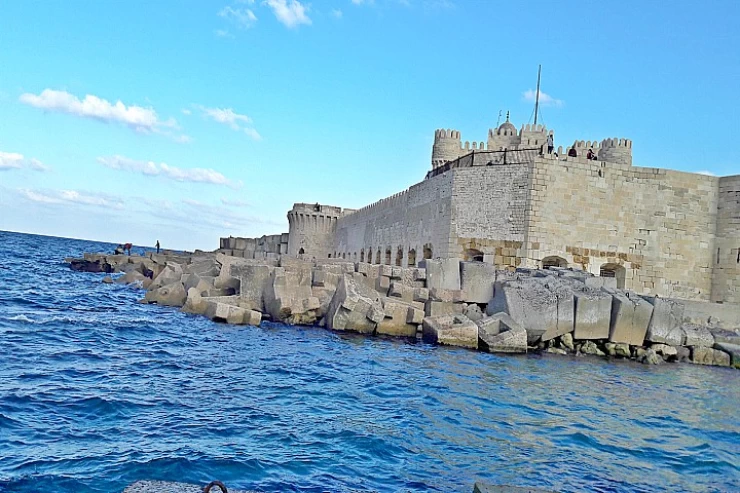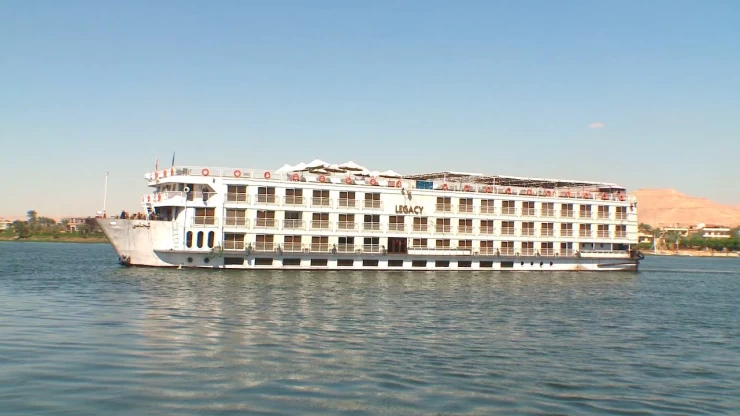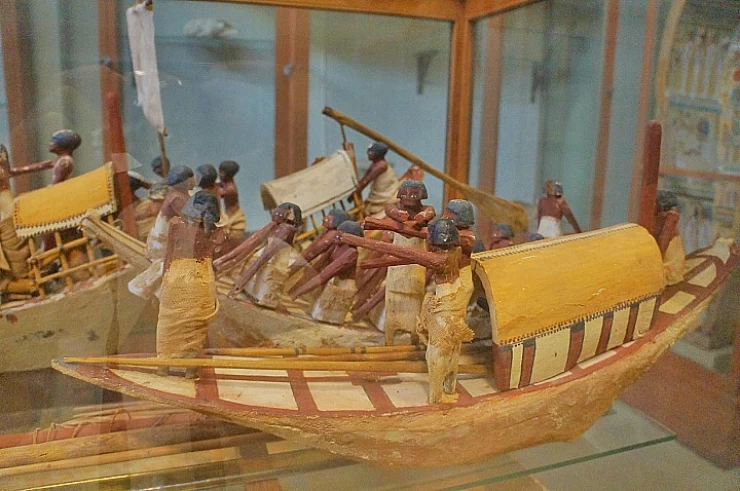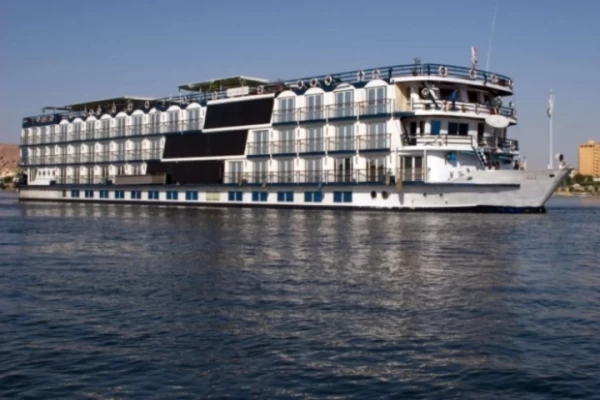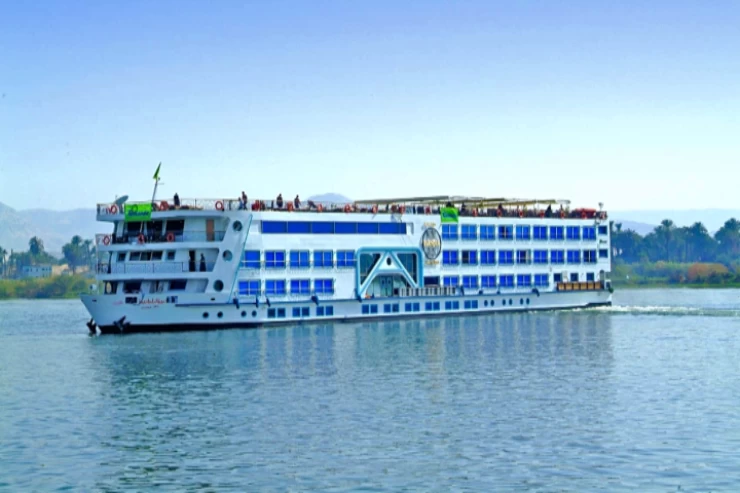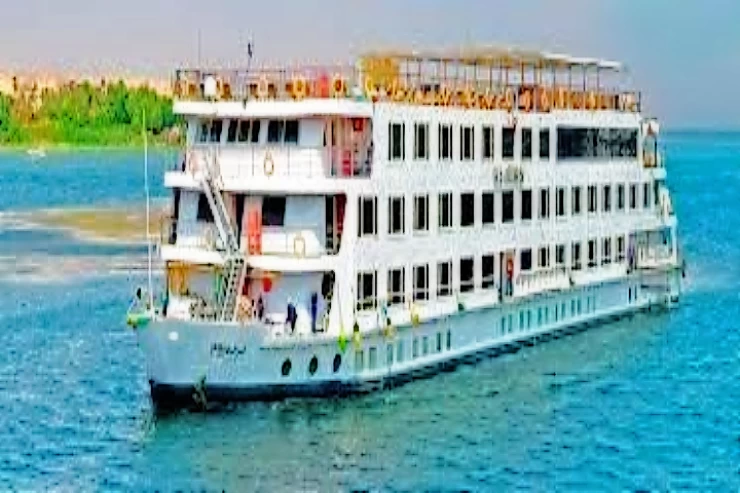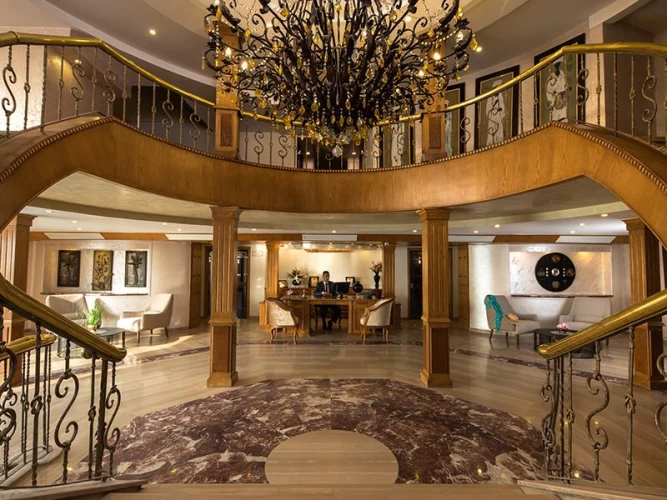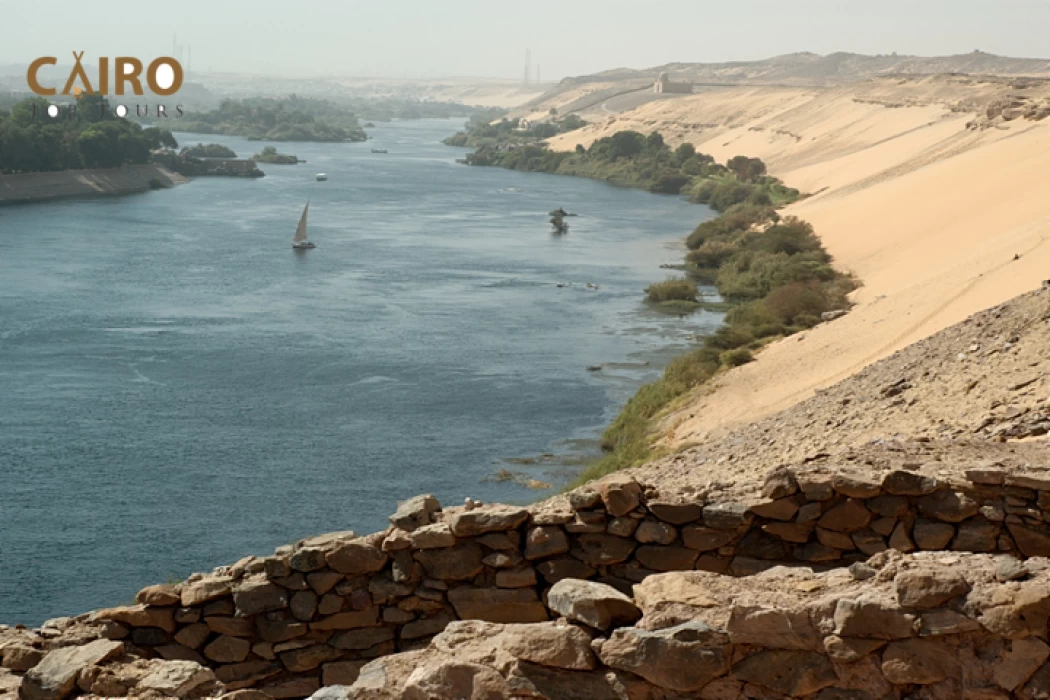
Lake Nasser
Aswan Attraction
The High Dam Lake (Nasser) is one of the major artificial lakes in the world and is the second artificial lake in the African continent, located south of the city of Aswan in the south of the Arab Republic of Egypt, its area is estimated at about 5250 km.
Its length is estimated at about 500 km, of which about 350 km inside the Egyptian borders in an area estimated at about 1.25 million acres, called Lake Nuba, and the lake is distinguished by its presence in a desert area (semi-arid) from other industrial lakes without the presence of forests that hinder fishing and saline operations, as well as its favourable geographical, environmental and biological conditions, as well as its favourable geographical, environmental and biological conditions.
It was named Lake Nasser in relation to the late President Jamal Abdel Nasser, after the lake was formed as a result of the confinement of water behind the High Dam, which lasted from 1985 until 1970. Its establishment required the transfer of the Temple of Abu Simble and approximately 18 archaeological sites in Egypt. On the Sudan side, it required the transfer of the river port Wadi Halfa, as well as the city, where it was moved to a high area. Thousands of Nuba residents were also displaced from their villages, which sank under the lake.
At the moment, the lake generates around 26,000 tons a year. It is anticipated that the number of fish hatcheries would rise, along with the construction of fishing ports connected to factories, freezers, and fish manufacturing and packaging facilities, resulting in an annual increase in fish output to 80,000 tons. The indigo tilapia is among the lake's most well-known fish.
In terms of tourism, the Lake Nasser tourism sector contains four centres represented by: Jurf Hussein Centre - North Khor Toshki Centre - North Abu Simbel Centre - South Abu Simbel Centre, occupying an area of 4925 acres, as tourist villages, services and recreational activities, and the composition of the lake attracts birds from remote African regions, such as yellow-billed storks, pink-backed pelicans, African scissorbirds and pink-tailed pigeons, which contributes to attracting tourists to watch these birds.
Latest Articles
Admin
Aswan Governerate in Egypt
One of Egypt's southern governorates is Aswan Governorate. The city of Aswan serves as its capital. At a latitude of 22 north of the equator (also known as the Tropic of Cancer), it is bounded to the north by the Qena Governorate, to the east by the Red Sea Governorate, to the west by the New Valley Governorate, and to the south by the Republic of Sudan.
Admin
Luxor Governorate Egypt
The capital of the Arab Republic of Egypt is Luxor City, which was once known as "Thebes City" because it served as Egypt's capital during the Pharaonic era. It is situated in the South Upper Egypt region, approximately 670 kilometers from the capital Cairo from the south. It is bordered on the north by Qena Governorate, on the south by Aswan Governorate, on the east by Red Sea Governorate, and on the west by New Valley Governorate.
Admin
History of kafr El Sheikh Governorate
Kafr El Sheikh Governorate is an Egyptian governorate, located in the northernmost part of Egypt in the Nile Delta, with Kafr El Sheikh as its capital. It had a population of 3,172,753 in 2015 and an area of 3,748 km². Its entire area is located north of the delta and overlooks the Mediterranean Sea. The main economic activity of the residents of the governorate is agriculture and fishing, especially the southern lands of the governorate and the lands overlooking the Nile River - Rosetta Branch.
Admin
Egypt's New Administrative Capital
The New Administrative Capital is located between the Cairo-Suez and Cairo-Ain Sokhna roads, 60 km from Cairo and the same distance from Ain Sokhna and Suez. The New Administrative Capital is located on the border of Badr City, in the area between the Cairo-Suez and Cairo-Ain Sokhna roads, just after New Cairo, Mostakbal City and Madinaty.
Admin
Al Gharbia Governorate
Gharbia Governorate is one of the governorates full of archaeological sites, whether they are places or facilities (mosques, churches), as the governorate is a destination for visitors to these places throughout the year, whether they are Egyptians from the different governorates.
Admin
Hamata Islands (Qulaan Archipelago) in Marsa Alam
The Hamata area, south of Marsa Alam in the Red Sea, is one of the most important parts of the Wadi El Gemal Reserve, whether in the desert or the sea. It was named after the sorrel plant, which was distorted to Hamata.






